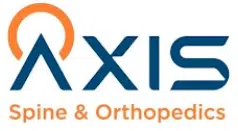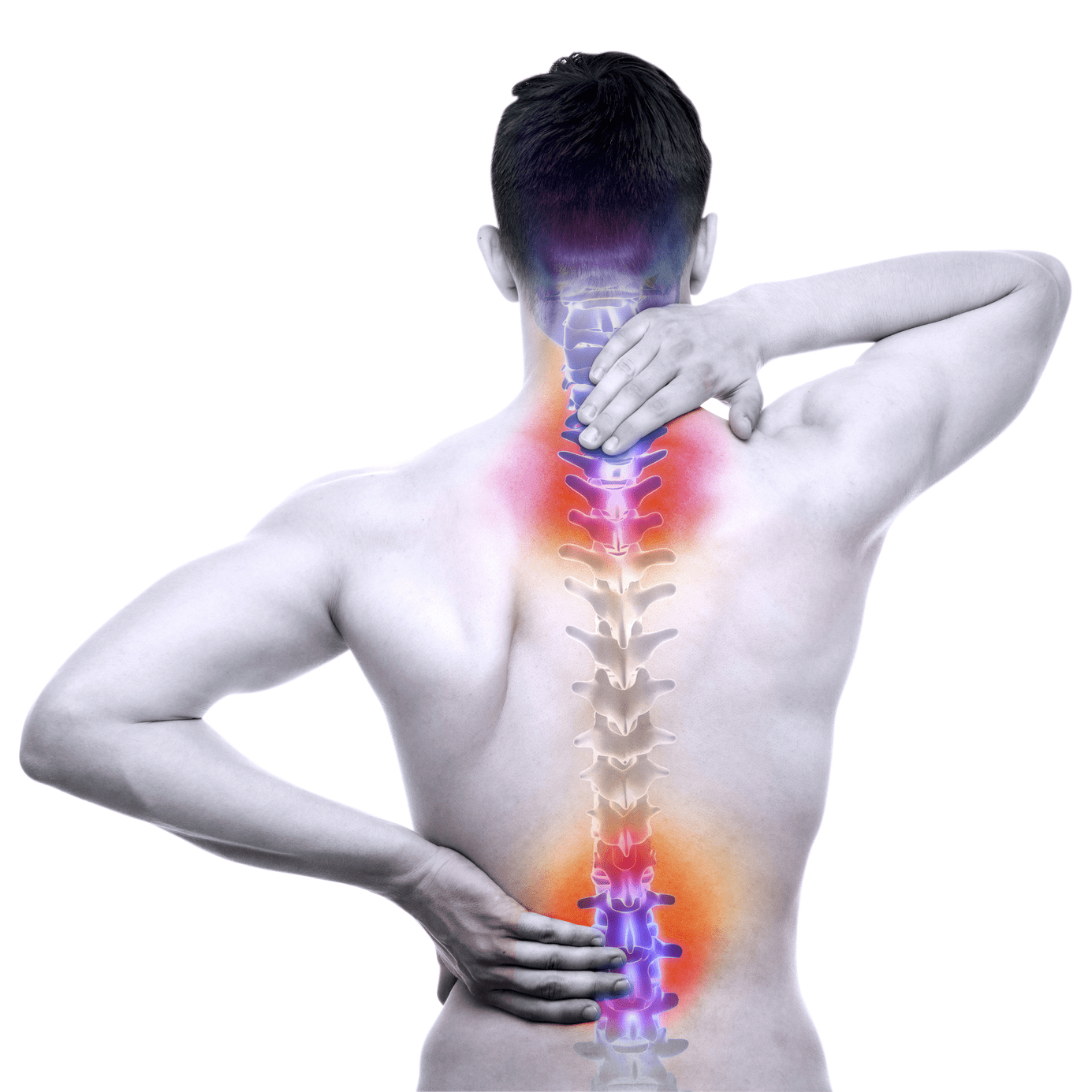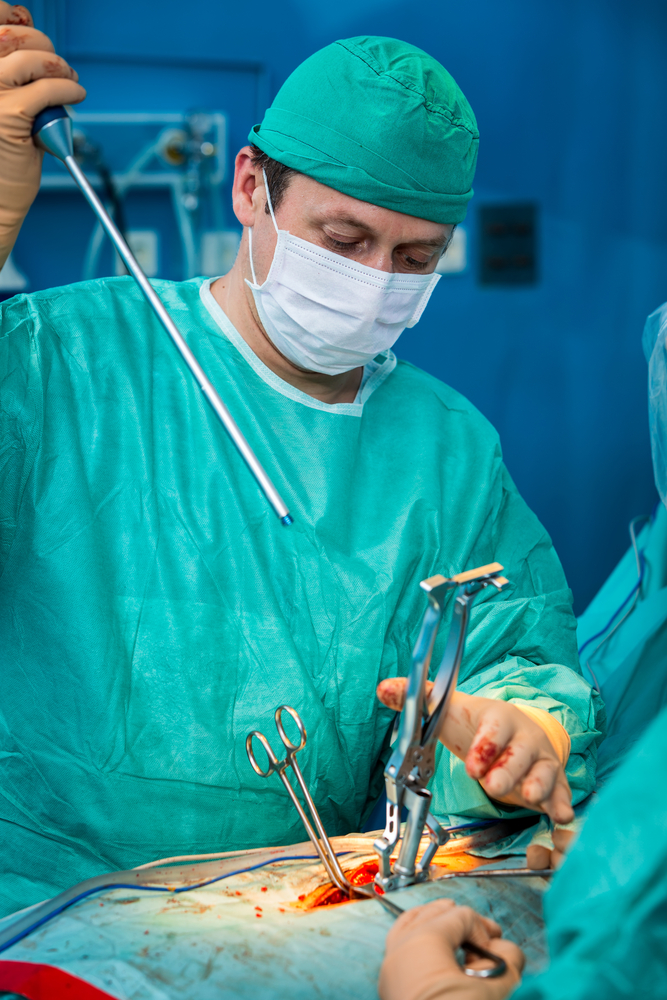Finding Affordable Options with the Best Spine Surgeons in St Louis MO
Wiki Article
What Spinal Column Issues Generally Result In Surgical Treatments for Relief?
Spine concerns that require medical treatment frequently develop when conventional treatment choices fail to offer sufficient relief from relentless pain and useful impairment. Conditions such as herniated discs, spine constriction, and degenerative disc condition regularly lead to medical procedures intended at minimizing signs and symptoms and recovering movement.
Herniated Discs
Herniated discs are a common spine condition that often leads to surgical intervention when conservative therapies fall short. This problem occurs when the soft inner gel of a spinal disc protrudes with a tear in the tougher external layer, potentially pressing nearby nerves. Signs commonly include localized discomfort, emitting pain in the arm or legs, and neurological deficiencies such as tingling or weak point.
Surgical procedure aims to reduce pain and recover feature by getting rid of the herniated section of the disc or supporting the influenced back sector. While numerous patients experience substantial enhancement complying with surgical procedure, it is critical to weigh the advantages and dangers in assessment with a certified spine expert. Eventually, prompt intervention is important to stop additional problems and enhance quality of life for individuals dealing with this debilitating condition.
Spinal Stenosis
Experiencing back constriction can dramatically affect an individual's mobility and high quality of life. This problem occurs when the spine canal tightens, placing pressure on the spine and nerves. Generally seen in the lumbar (lower back) and cervical (neck) areas, spine constriction frequently arises from degenerative modifications related to aging, such as joint inflammation, disc herniation, or enlarging of ligaments.Signs and symptoms of spinal constriction can differ, yet they normally consist of pain, tingling, prickling, and weakness in the extremities. These signs may get worse with activity or long term standing and commonly boost with rest. In extreme instances, individuals may experience problems with balance and coordination, bring about an increased danger of drops.
When traditional treatments, such as physical treatment, medications, and way of life alterations, stop working to alleviate symptoms, medical intervention might be thought about. Procedures like laminectomy or spine fusion goal to unwind the afflicted nerves and support the spine. Early diagnosis and treatment are crucial in handling spine stenosis efficiently and preserving wheelchair, eventually enhancing the client's total lifestyle.
Spondylolisthesis
Spondylolisthesis takes place when one vertebra slips onward over the one below it, possibly bring about spine instability and nerve compression. This condition can emerge from various aspects, consisting of hereditary defects, degenerative adjustments, trauma, or recurring anxiety injuries. Signs typically consist of lower neck and back pain, tightness, and emitting pain in the legs, which can considerably affect day-to-day tasks and overall lifestyle.Medical diagnosis commonly includes a complete clinical evaluation, imaging research studies such as X-rays or MRI, and evaluation of neurological feature. The level of slippage is classified right into qualities, with higher grades suggesting a lot more severe displacement and a higher chance of medical treatment.

Very early diagnosis and ideal monitoring are essential in improving and preventing more difficulties person outcomes. As spondylolisthesis can cause persistent pain and impairment, timely intervention is crucial for restoring spine wellness.
Degenerative Disc Condition
Degenerative Disc Condition (DDD) is a problem identified by the progressive deterioration of the intervertebral discs, which act as important shock absorbers between the vertebrae of the back. As these discs shed hydration and flexibility with time, they become less reliable at cushioning the vertebrae, bring about raised rubbing and anxiety on the back frameworks.Individuals with DDD typically experience signs and symptoms such as chronic pain in the back, stiffness, and reduced flexibility (best spine surgeons in st louis mo). The problem can additionally result in nerve compression if the degenerated discs bulge go now or herniate, bring about radicular discomfort, weak point, or feeling numb in the limbs
Diagnosis generally includes a mix of physical exams, imaging research studies like MRI or CT scans, and individual history to assess the seriousness of disc deterioration and its influence on daily activities. Therapy alternatives range from conservative measures, great post to read consisting of physical treatment and discomfort administration, to even more intrusive procedures when conservative measures stop working. Surgical interventions, such as back combination or man-made disc replacement, may be suggested for clients with significant discomfort and useful disability. In general, early intervention and customized administration approaches are vital for mitigating the results of DDD and boosting person outcomes.
Spinal Growths
Back growths, which can be benign or malignant, stand for an additional significant reason for spine conditions that might necessitate surgical treatment (best spine surgeons in st louis mo). These lumps can come from within the back (key lumps) or technique from various other parts of the body (second lumps) Their visibility can lead to different symptoms, consisting of local discomfort, neurological shortages, and changes in movement
Surgical treatment for spine tumors often intends to relieve signs by eliminating the tumor, maintaining the back, and attending to any type of compressive results on the spine or nerves. Indications for surgical procedure usually include considerable discomfort not responsive to conservative therapies, or neurological problems resulting from the tumor's development.

It is vital for patients presenting with signs symptomatic of spine growths to undergo detailed analysis evaluations, consisting of imaging researches and biopsies, to figure out the appropriate strategy (best spine surgeons in st louis mo). Early discovery and intervention can significantly enhance client end results and high quality of life
Conclusion
In recap, different spine issues, including my sources herniated discs, spine constriction, spondylolisthesis, degenerative disc illness, and spinal lumps, frequently demand surgical intervention when conventional treatments stop working to provide relief. These conditions result in substantial discomfort and useful disability, motivating the factor to consider of procedures such as discectomy, spine blend, and laminectomy. Eventually, surgical alternatives goal to minimize discomfort, improve mobility, and restore high quality of life for people affected by these disabling spinal problems.Problems such as herniated discs, back constriction, and degenerative disc condition often lead to medical treatments aimed at relieving signs and restoring wheelchair.Herniated discs are a typical back condition that often leads to medical intervention when traditional treatments fall short. Surgical interventions, such as spinal fusion or synthetic disc substitute, may be suggested for individuals with substantial discomfort and practical impairment.Back tumors, which can be malignant or benign, represent an additional substantial cause of spine conditions that may necessitate surgical intervention.In summary, numerous back concerns, consisting of herniated discs, spinal constriction, spondylolisthesis, degenerative disc illness, and spinal lumps, typically require surgical treatment when traditional therapies fall short to supply alleviation.
Report this wiki page